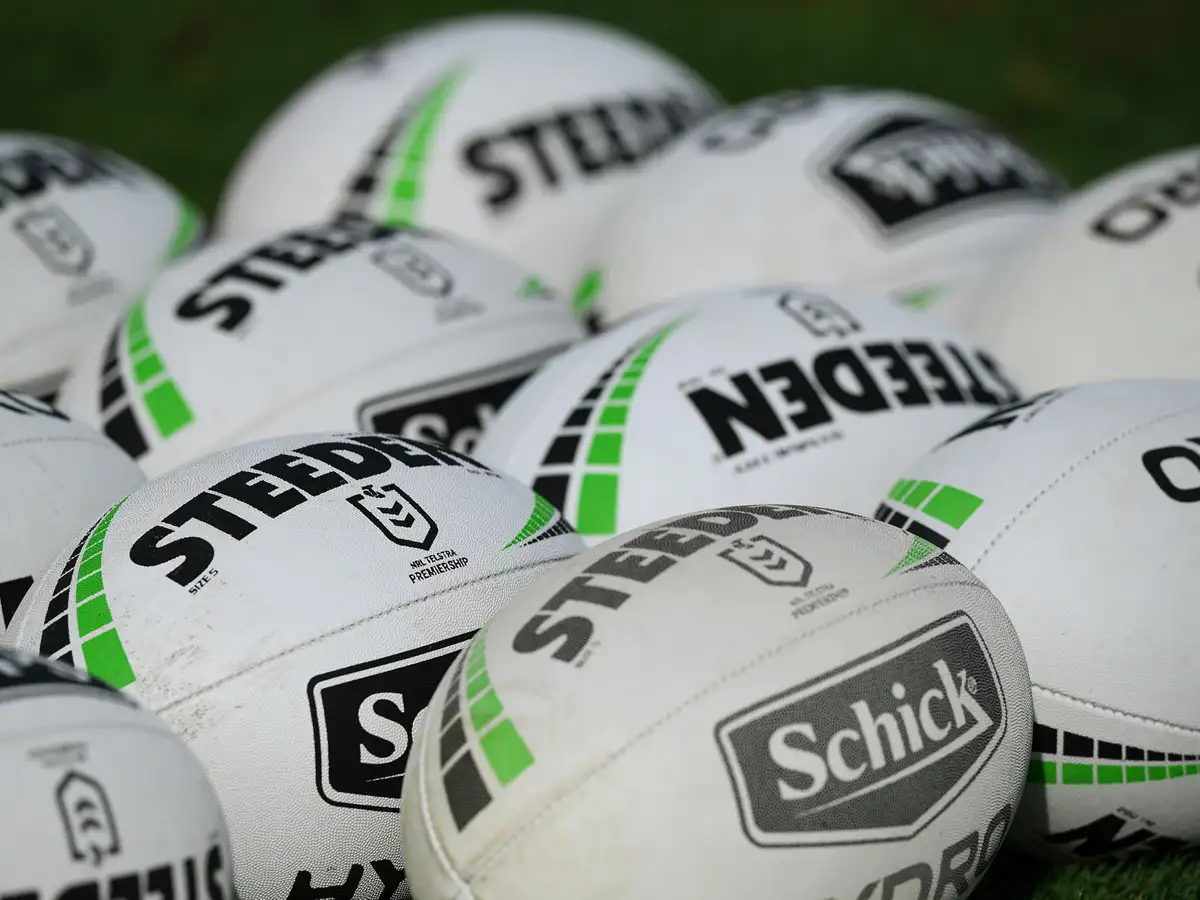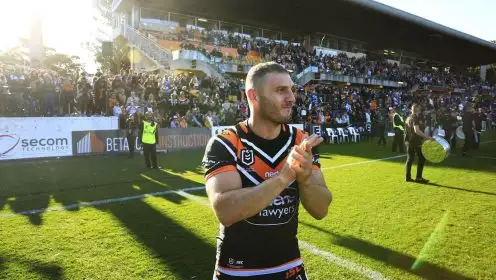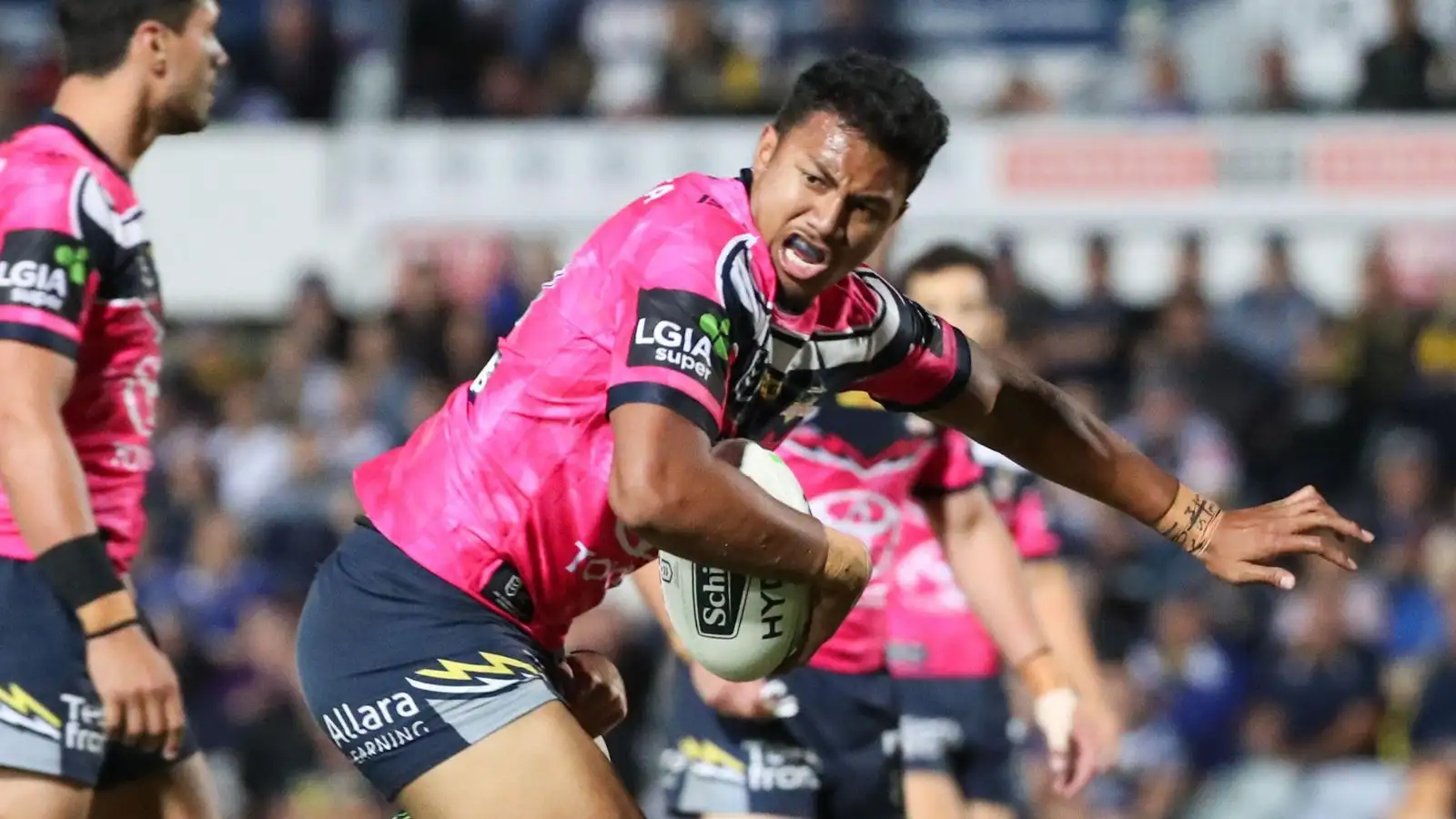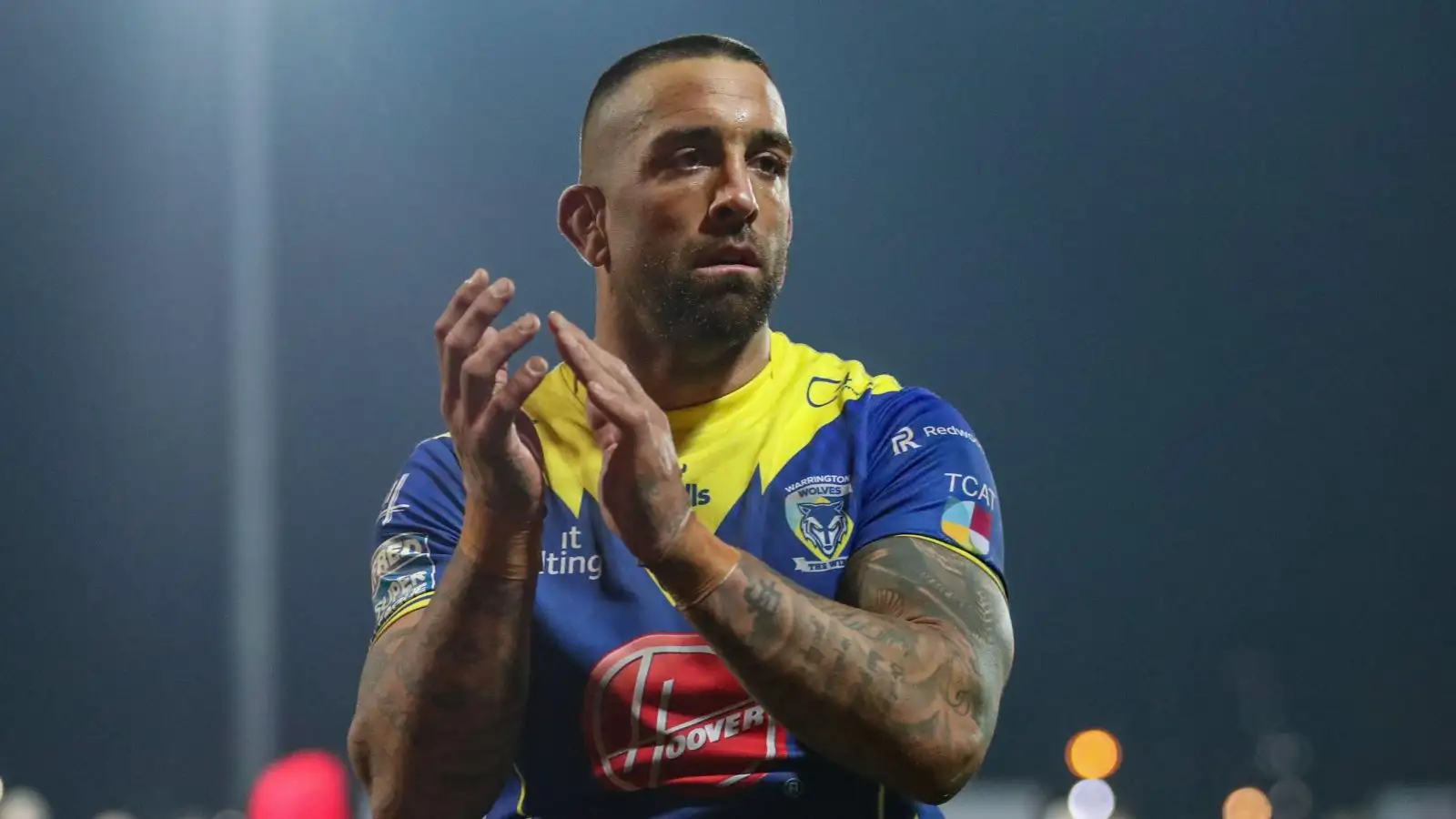In depth: The man who revolutionised the full-back position – Clive Churchill

If there was ever a player who revolutionised the way the game was played from their respective position, then you could probably look no further than this man right here.
A player deemed ‘The little master’ by legendary forward Ray Stehr, a name that is only fitting due to his sheer technique that was exhibited whenever the former NSW representative stepped on the pitch. A legacy immortalised as the man of the match medal for the NRL Grand Final, brandishes his name and acknowledges the players impact and more importantly his influence on the Aussie game as it stands today.
The South Sydney legend was ‘THE’ jack of all trades, whether it be his instinctual support play or a visceral low tackling technique, the flashy fullback left his opponents stumped on more than one occasion. Now, we add another one to the in-depth series and dive in on the career of one of Australia’s finest…..
Born out of Merewhether, Newcastle, Churchill discovered his first taste of grade rugby in 1946 while turning out for Newcastle based rugby league side, Central. After also representing Country Seconds, his name was already attracting the attention of scouts from South Sydney. By 1947, the fullback had signed with the Souths and was picked to start at the number one position in the sides’ Grand Final appearance against St. George in 1949.
Despite a loss, the youngster was already making a name for himself amongst one of Australia’s leading teams around that time and the following year the Souths had redemption on their mind and reached the final once again only this time against Western Suburbs. The young Aussie started at the number one spot once more as the Souths came out on top in a Grand Final for the first time since 1932.
It was not before long either that the youthful trailblazer was able to state his claim amongst the New South Wales side, earning his first call up in 1951 and thus beginning an unprecedented record of 99 straight representative matches for NSW.
The early stages of the 1950s saw the beginnings of a special Souths Sydney with Churchill setting the benchmark. By 1951 they had gone on to reach their third consecutive NSWRL Grand Final and this time against Manly. Now, with his star on the rise, his claim was stated as an integral part of the New South Wales based side, scoring a try in the Souths’ second consecutive Grand Final win.
If anybody thought that the Rabbitohs string of dominance was coming to an end they were sadly mistaken with Churchill’s team reaching their fourth consecutive Grand Final in 1952. It was a final that the continuously rising Australian star would miss due to injury and this looked to have shown as the Souths fell short against the Western Suburbs.
However, once again Churchill and his teammates were not to take the loss lying down with yet another Grand Final appearance in 1953. A sight becoming all to scarily familiar. A 31-12 win against St. Georges ensured a third title in four seasons for the highly praised full back and it was seemingly a catalyst that sparked an unfathomable run of three consecutive Premiership crowns along with securing a place in the history books.
Now, if you were to suggest anything regarding the Aussie legend’s toughness and character on the field, you would more likely turn your mind to the Souths last regular season game of 1955 against Manly. Ever determined, he would miraculously play with a broken arm and given the opportunity to win the game with a sideline conversion with the final bell already having gone. As his arm was strapped with cardboard it would do nothing to stop him as the ball was slotted over for an epic Souths win.
By the end of his South Sydney career in 1958, Churchill had established himself as one true force in not just New South Wales rugby league but in the entirety of the Australian game. The Souths run throughout the early 50s was the stuff of legends and by the end of his 12-year run with the side, Churchill was no question an integral cog throughout seven consecutive Grand Final appearances and those five premiership wins (1950, 1951, 1953, 1954 and 1955).
A player who didn’t just set the country a light at domestic level but at representative and international level as well. Between 1948 and 1957, Churchill was a mainstay in all set ups, playing 27 times for New South Wales alongside making 37 appearances for the Kangaroos.
After such a great career the now renowned ‘little master’ became just as iconic and if not as noteworthy for his coaching career. After spells with Northern Suburbs and Canterbury-Bankstown, Churchill made his return to South Sydney in 1967 as head coach.
An eight-year spell in charge of the club would be just as profound as his legendary career, bringing forth that winning mentality that was there throughout his playing days. An instant impact was made as he coached the Rabbitohs to NSWRFL victory during his first season in charge before leading his team on another run of dominance in New South Wales rugby.
A run of five consecutive Grand Final appearances between 1967 and 1971 and four Premiership wins throughout that time showcased that he was more than just a gifted player but had that great IQ and knowledge for the game. After resigning in 1975, Churchill had finished with 136 wins in 211 matches as head coach of the club.
As the years went by, he became further immortalised within Australian rugby league folklore as one year on from his unfortunate passing in 1986, the man of the match winner’s medal for Australian rugby league’s premier final would bear his name sake for the first time. An oh so sweet tribute to a man who saw several grand finals as player and coach.
The South Sydney legend’s record certainly stands by itself as a more than supportive take he was one of the greatest players and coaches the sport of rugby league has ever produced. There was no trait in his game that he did not excel at in some sort of way. The old saying ‘the bigger they are the harder they fall’ is an adage that could not ring any truer than with the rugby league great. The unmistaken technique and ability to use his small stature were undeniable as his courageous tackling down low became pinnacle to his defensive work out on the field.
Even though he was never a noteworthy try scorer, his ability to weave and glide past players with relative ease alongside a bulldog like nature completely set him apart from the rest of the pack.
The Aussie legend stands as one of the original Immortals, one who took on the very best of the game had to offer and more often that not came out on top. A magician of the game, possessing all the major traits and qualities that made him one of the very best. Whether it was his courage, toughness, character, cheekiness or flair he was certainly unlike any other player out there.



